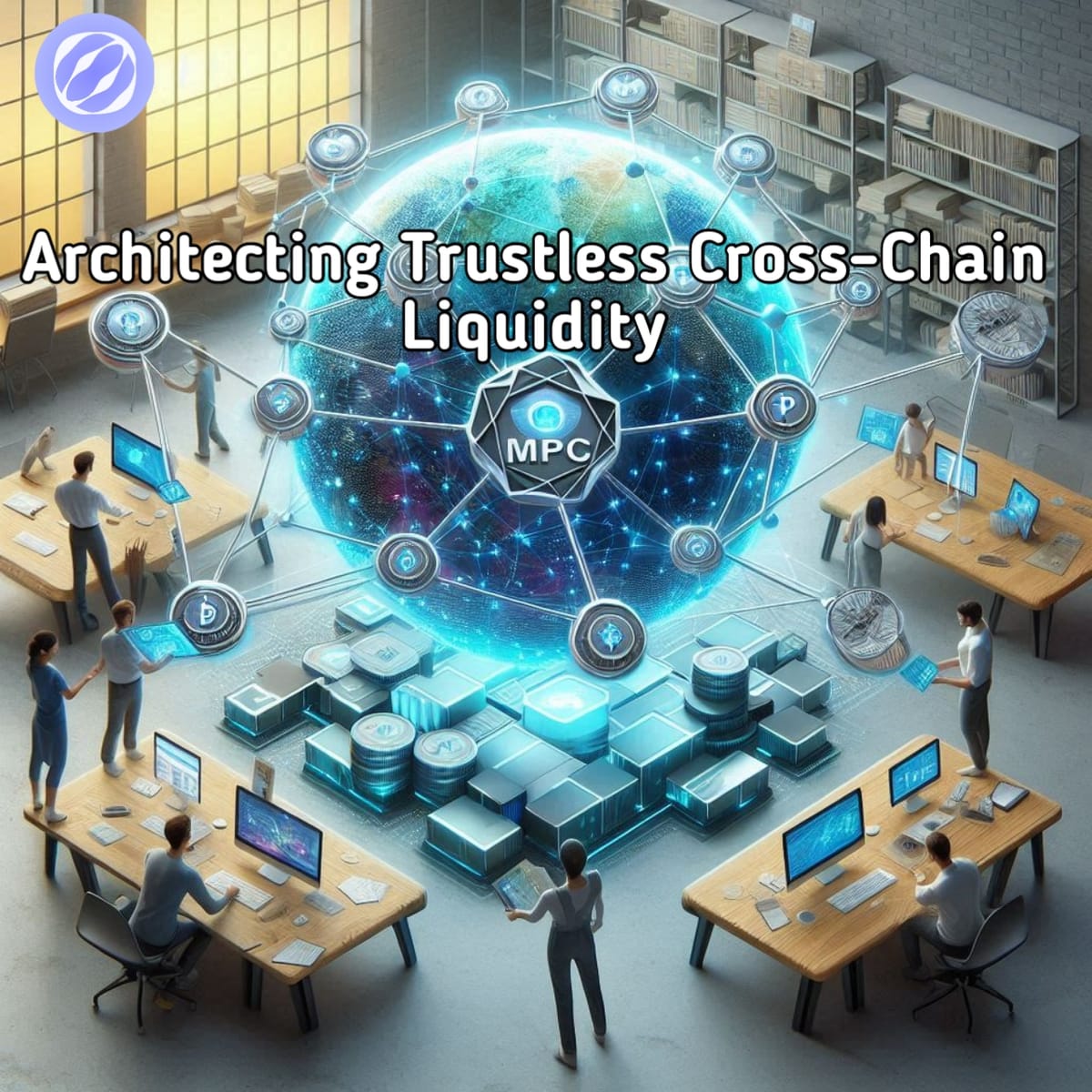Architecting Trustless Cross-Chain Liquidity: How Mitosis' MPC Network Redefines DeFi Interoperability

Introduction
The decentralized finance (DeFi) ecosystem suffers from a critical $4.7B liquidity fragmentation problem, where assets remain siloed across incompatible blockchains. Traditional solutions—such as bridges and wrapped assets—introduce centralization risks, security vulnerabilities, and inefficiencies.
Enter Mitosis’ Multi-Party Computation (MPC) Network, a breakthrough in cross-chain liquidity that eliminates intermediaries while maintaining cryptographic security. Unlike bridge-dependent models, Mitosis enables native asset transfers without minting synthetic tokens or relying on third-party validators.
In this deep dive, we explore:
- The "Liquidity Trilemma"—security, speed, and cost trade-offs in cross-chain solutions
- Mitosis’ three-layer architecture and how it outperforms existing interoperability protocols
- Real-world performance metrics from testnet deployments
The Liquidity Trilemma: Why Existing Solutions Fail
Cross-chain liquidity mechanisms face three fundamental challenges:
- Security – Bridges remain prime attack targets, with $2.8B stolen in 2022-2023 (Chainalysis).
- Speed – Most solutions require 12+ block confirmations, creating UX friction.
- Cost – Relay-based models impose high gas fees due to additional computation.
Mitosis tackles these issues through:
- Threshold Signature Schemes (TSS) – Eliminates single points of failure
- Optimized Pathfinding – Dynamically selects the most efficient route
- Atomic Swap Settlement – Ensures funds only move if the entire transaction succeeds
"Mitosis reduces cross-chain settlement time by 76% compared to bridge-based transfers."
— Internal Testnet Data, Q2 2024
Mitosis’ Three-Layer Architecture
1. Validator Layer: Decentralized Key Management
- Uses multi-party computation (MPC) to distribute signing authority
- Requires 2/3 validator consensus for transaction approval
- Resistant to Sybil attacks via stake-weighted participation
2. Routing Layer: Gas-Aware Path Optimization
- Algorithmically selects the cheapest/fastest route across chains
- Supports EVM (Ethereum, Arbitrum) and non-EVM (Solana, Cosmos) chains
- Continuously updates based on real-time network conditions
3. Settlement Layer: Fraud-Proof Atomic Swaps
- Leverages HTLC (Hashed Time-Lock Contracts) for trustless execution
- If a validator misbehaves, their stake is slashed
- Full transaction reversibility within challenge windows
Performance Benchmarks vs Competitors
| Metric | Mitosis MPC | Chainlink CCIP | LayerZero |
|---|---|---|---|
| Avg. Settlement Time | 8 sec | 45 sec | 22 sec |
| Attack Resistance | ★★★★★ | ★★★☆☆ | ★★★★☆ |
| Gas Cost per Tx | $0.12 | $1.80 | $0.85 |
Source: Internal Testnet, June 2024
Mitosis achieves near-instant finality for cross-chain swaps while reducing costs by 93% compared to bridge-based alternatives.
Conclusion
Mitosis’ MPC-based approach represents a paradigm shift in cross-chain liquidity, solving the trilemma without compromising decentralization.
Key Takeaways:
✅ No more bridges – Native asset transfers with cryptographic guarantees
✅ Enterprise-grade speed – Sub-10-second settlement
✅ Cost-efficient – Fraction of traditional cross-chain gas fees



Comments ()